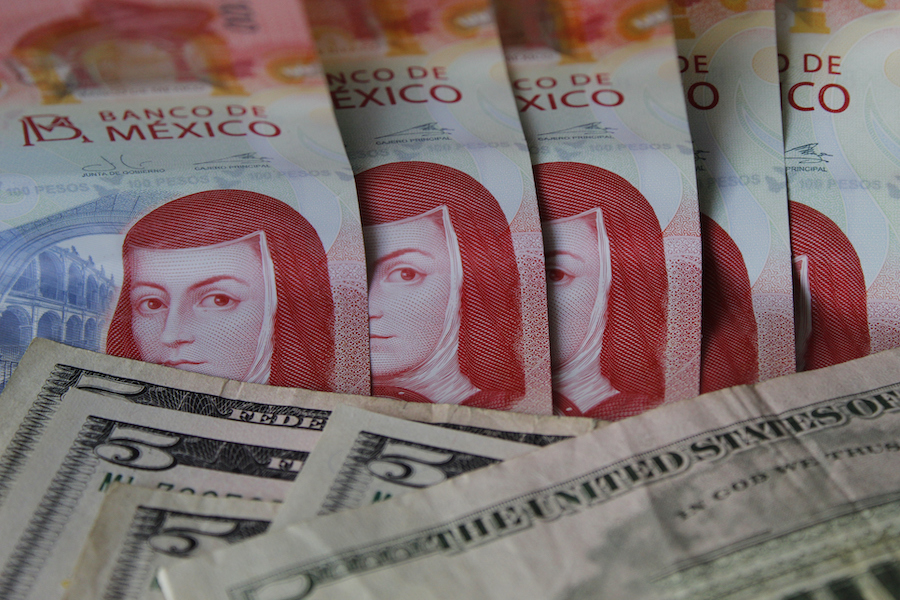

Emerging market opportunities increase as valuations drop
Ross Cameron of Northcape Capital says discerning investors can find high-quality growth companies on the cheap.
- Featuring: Ross Cameron
- October 25, 2022 October 25, 2022
- 13:01
- From: Northcape Capital

(Runtime: 5:00. Read the audio transcript.)
**
Strong corporate names in emerging markets are significantly undervalued and ripe for investment, says Ross Cameron, portfolio advisor and analyst at Northcape Capital.
Cameron said he has identified a subset of companies within the vast universe of emerging markets that are currently mispriced and are prospects for steady future earnings.
“I’m talking about very, very high-quality companies with competitive advantage and long-term structural growth,” he said. “Those companies today are really as cheap as we’ve seen since right in the midst of the GFC back in mid-2008.”
Among them is Samsung SDI Company Ltd. The Yongin-si, South Korea-based company is a leading provider of lithium-ion batteries, which are used not only in electric vehicles but in a wide range of rechargeable devices including power tools and medical applications.
“It is a structural play on clean energy,” he said. “We have the technology for generating the electricity, but clean energy, renewable energy, tends to be intermittent. So, we need better storage. And Samsung SDI, with its very large R&D budget and high technological advantages, is a really good beneficiary of this structural trend.”
He has also identified a number of emerging market banks — including Bank Central Asia in Jakarta, Indonesia; Banco Itaú Unibanco S.A. in São Paulo, Brazil; HDFC Bank Limited in Mumbai, India; and Grupo Financiero Banorte in Monterey, Mexico — that are well capitalized, have strong deposit franchises, and are in countries with low economic risk for the near term.
Cameron said these banks are benefiting from rising interest rates because the liability side of their books (low-interest-rate deposits) don’t reprice when rates go up, but their assets (loans) do.
“So, what you’re getting is net interest margin expansion, which is obviously positive for earnings,” he said. “And that’s happening at the same time that these banks are in the absolute Goldilocks point in the credit cycle. They’re coming away from Covid, asset quality is improving, credit costs are declining, and you’re also seeing an acceleration in loan growth as these economies improve.”
He said the long-term appeal of emerging market countries remains demographics, particularly in India, Indonesia and Latin America.
“You see strong population growth, a maturing of the population, and you have even faster growth in the middle class that will underpin strong consumption,” he said.
Emerging economies are also increasingly seeing improved structural drivers such as urbanization, education and health care.
In terms of the current economic moment, he said key emerging markets are in better position than their developed-market peers, which relied on unorthodox monetary policies in the post-Covid period. In contrast, many emerging market central banks played it by the book, rejecting the short-term gains of quantitative easing and zero interest rate policies in order to stay on top of inflation.
“Emerging market central banks have been proactive in raising rates. And so, going forward, they’re in a position to either hold rates steady or even cut rates, which is obviously going to be a tailwind for equities,” he said. “Central banks in developed countries — U.S., Europe, U.K., Japan — have kind of been caught behind the curve and now need to aggressively raise rates to control inflation.”
He cited the example of Brazil, whose central bank rate started hiking rates from 2% in March 2021 to the current 13.75%. Now facing similar inflation numbers as the U.S., its bond market is seeing positive real returns, while U.S. bonds are in negative territory in real terms.
Cameron said investor sentiment has been stung by the strength of the U.S. dollar.
“That’s causing some skittishness when it comes to emerging market equities. Historically, a strong U.S. dollar has been bad for emerging markets,” he said. “Certainly it impacted sentiment.”
He suggested the U.S. dollar looks overvalued on a number of metrics, and he believes a bear cycle for the U.S. dollar — which usually shows up every eight years or so — is long overdue.
“We’re very, very long in the tooth, very late in the cycle for the U.S. dollar bull market,” he said. “We should move into a multi-year U.S. dollar decline, a U.S. dollar bear market, like we saw in the 2000s. And when that happens, that tends to be a powerful tailwind for emerging market equities.”
Even currency risk can be mitigated with a highly selective approach to emerging markets, he said.
“If you pick your countries correctly, it can actually be a tailwind,” he said. “Even in this very strong U.S. dollar environment, for example, the Mexican peso has actually appreciated. It’s up versus the U.S. dollar year to date.”
Cameron believes the U.S. will almost certainly go into recession in 2023, but he is not expecting a global financial crisis or even a very deep recession, but rather a mild, technical version, with a couple of quarters of negative growth and a small tick up in unemployment to cool inflation.
“Within emerging markets, we think countries like India, Indonesia, countries that have strong domestic demand, should continue to see good GDP growth during that period,” he said.
**
This article is part of the Soundbites program, sponsored by Canada Life. The article was written without sponsor input.
